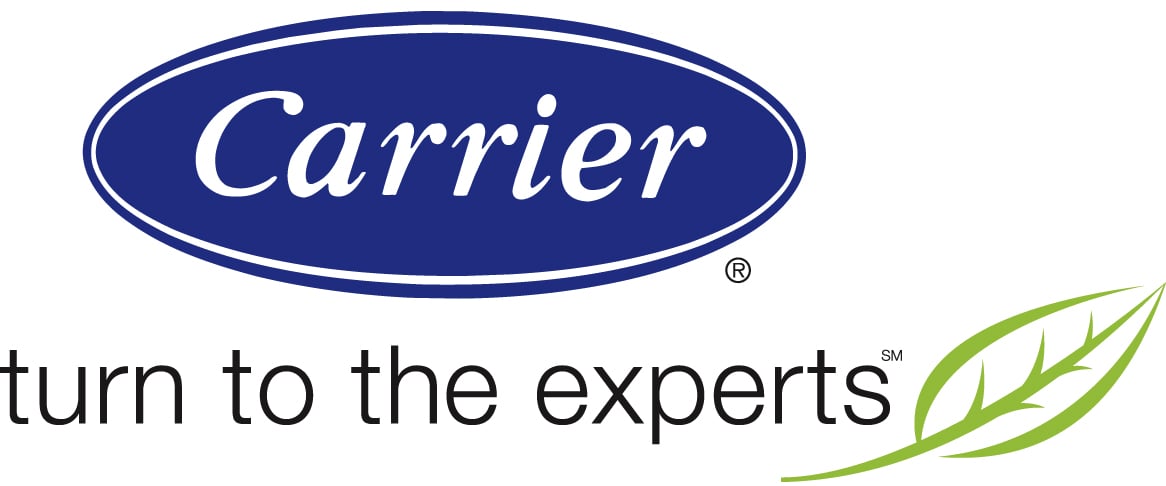Did you know that your air conditioning unit needs the proper amount of clearance to operate efficiently? Well, it does! And you'll need to ensure that space is clear year-round.
As a general rule of thumb, it's good to have at least 12-inches of air conditioner clearance on all sides of your AC unit. “I live by a rule of 1-foot on all sides as the absolute minimum for shrubbery and the back of the unit facing the house,” says Keith Hill, technical support manager at Minnesota Air. “In an alcove or any situation where two walls are adjacent to the unit, then I’d keep 18-inches of clearance as a minimum.”
But depending on what is located nearest your AC unit, you may get away with less space or need more clearance.
Shrubbery
If you have shrubbery in close proximity to your AC unit and it's not very dense (allowing air to pass through the foliage), then 6 inches of clearance would be acceptable. But remember, plants grow. So, even though you may have a 6-inch air conditioner clearance now doesn't mean you'll have the same clearance in a few weeks. "I always recommend a weekly inspection of the outdoor unit," says Keith.
Wall
On the other hand, if there is a solid object – like a wall – near your AC unit, you'll want to make sure that structure is at least 16–18 inches away from the unit. "The idea is to allow air to be drawn in easily at the base of the unit to 'cool' the coils of the unit," Keith says. "Inhibiting this airflow in any way will make it harder to reject the heat and drive operating costs up. In extreme cases, it can damage the compressor if the air flow is too restricted.
Deck
It is also crucial to maintain clearance above your AC unit. Warm air is discharged upwards from your unit. Most modern units are top discharge units, where the air blows straight up. If you have a top discharge AC, then you want to make sure there isn’t anything obstructing the airflow above your unit.
"If there is any blockage above the AC unit, some of the warm air will be 'recirculated' downwards and drawn back into the intake, causing the same effect as a blocked intake – overheating of the condenser coil," Keith says.
Blockage above an AC unit can include shrubbery that grows up and over a unit, but it also includes decks. It is not uncommon to see a deck built over an AC unit. According to Keith, many homeowners assume the spacing between the deck boards allows the heat to escape, but it doesn't. "Many AC compressors have failed prematurely due to decks overhead," he says. "When in doubt, check it with a thermometer."
How to check the temperature of the air around your AC unit: With the AC unit running, measure the intake air temperature at the midpoint of the intake (a few inches from the AC coil). Then, take another temperature reading 10-feet away. They should read the same. If the air from your AC unit is recirculating, the temperature near the AC coil will be higher than the temperate 10 feet away.
Other potential overhead problems include low roof overhangs, decorative covers, etc. Keith says it’s generally good for the top of the unit to have 8-feet or more of clearance to make sure the rejected air doesn’t get recirculated back into the unit.
Clearance for an Outdoor Heat Pump
Not all homeowners have a furnace and air conditioner. Instead, they may own a heat pump, which is an outdoor unit that can provide heat or air conditioning. Much like an AC unit, it's crucial to clear space around your heat pump. But a heat pump requires clearance year-round. Yes, that includes the winter, too.
Of course, your biggest obstruction in the winter will be snow and ice. Here are four steps to clear your heat pump.
- If you're expecting snow, make sure to remove the snow on and around the heat pump. For maximum efficiency and capacity, the coil needs to be completely above the snowpack at all times.
- Clean as much as you can inside the unit, too. One method of removing snow and ice within the unit is to turn it off and use warm water to melt the accumulation. Leave the unit off for a few minutes to allow it to drain before restarting.
Remember, an efficient air conditioner or heat pump means your home should maintain a comfortable temperature no matter what time of year it is. So, give your unit some space! You'll be glad you did.
If you followed our recommendations and are still experiencing issues with your AC unit or heat pump, it's time to call a pro. Check out our Dealer Locator for help.





